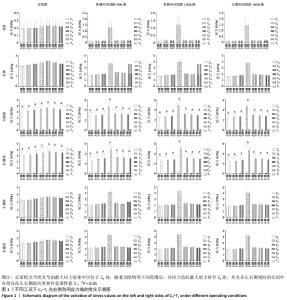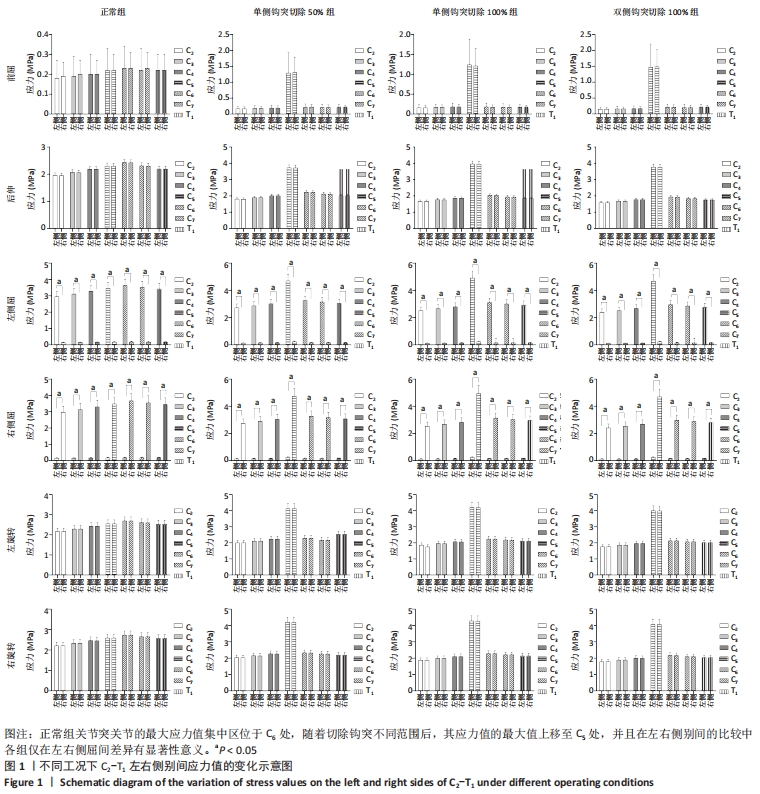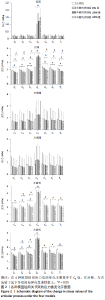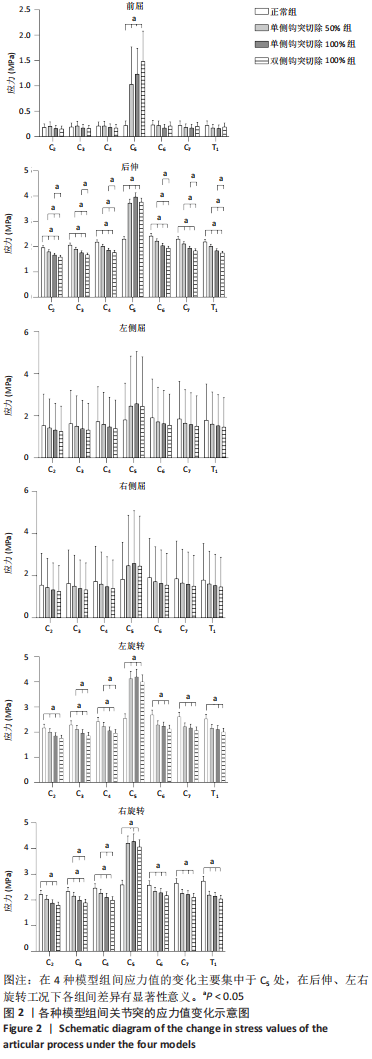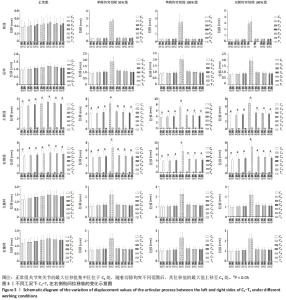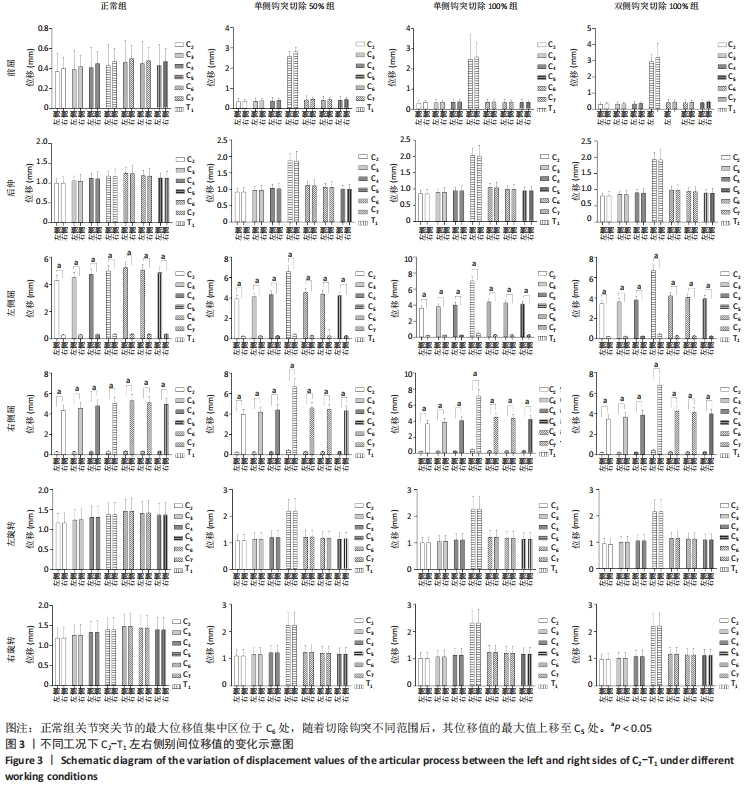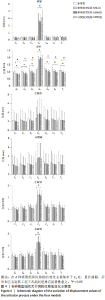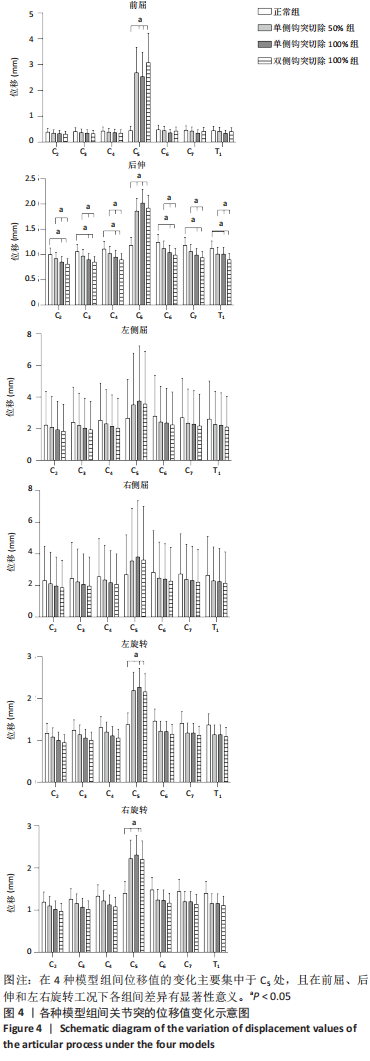[1] TUBBS RS, J ROMPALA OJ, VERMA K, et al. Analysis of the uncinate processes of the cervical spine: an anatomical study. J Neurosurg Spine. 2012;16(4):402-407.
[2] HARTMAN J. Anatomy and clinical significance of the uncinate process and uncovertebral joint: A comprehensive review. Clin Anat. 2014; 27(3):431-440.
[3] BLAND JH, BOUSHEY DR. Anatomy and physiology of the cervical spine. Semin Arthritis Rheum. 1990;20(1):1-20.
[4] BROWNE KM. The anatomy, spatial relationships, and role of uncovertebral articulations as the source of posterolateral cervical cartilage sequestrations. J Neurosurg Spine. 2010;12(3):270-274.
[5] GÜVENÇER M, NADERI S, MEN S, et al. Morphometric evaluation of the uncinate process and its importance in surgical approaches to the cervical spine: A cadaveric study. Singapore Med J. 2015;57(10):570-577.
[6] COHEN SP, HUANG JH, BRUMMETT C. Facet joint pain-advances in patient selection and treatment. Nat Rev Rheumatol. 2013;9(2):101-116.
[7] SCHMIEDER K, KETTNER A, BRENKE C, et al. In vitro flexibility of the cervical spine after ventral uncoforaminotomy. Laboratory investigation. J Neurosurg Spine. 2007;7(5): 537-541.
[8] 李杰,赵刘军,干开丰,等.下颈椎两节段椎体次全切后前路椎弓根螺钉固定系统重建稳定性有限元模型的建立[J]. 中国骨伤,2022, 35(2):178-185.
[9] FENG H, MA Y, WANG SJ, et al. The Correlation of Regional Microstructure and Mechanics of the Cervical Articular Process in Adults. Materials (Basel). 2021;14(21):6409.
[10] JIN C, WANG Z, LIU P, et al. A biomechanical analysis of anterior cervical discectomy and fusion alone or combined cervical fixations in treating compression-extension injury with unilateral facet joint fracture: a finite element study .BMC Musculoskelet Disord. 2021;22(1):938.
[11] ZHAO XF, ZHAO YB, LU XD, et al. Development and Biomechanical Study of a New Open Dynamic Anterior Cervical Nail Plate System: Anterior Cervical Nail Plate System. Orthop Surg. 2020;12(1):254-261.
[12] WANG HH, WANG K, DENG Z, et al. Effects of facet joint degeneration on stress alterations in cervical spine C5-C6: A finite element analysis. Math Biosci Eng. 2019;16(6):7447-7457.
[13] ZAFARPARANDEH I, ERBULUT DU, LAZOG I, et al. Development of a Finite Element Model of the Human Cervical Spine. Turk Neurosurg. 2014;24(3):312-318.
[14] 李琨, 李志军, 张少杰, 等. 有限元动态仿真建立4岁儿童“枕-寰-枢”关节模型[J]. 中国组织工程研究,2021,25(24):3773-3778.
[15] 刘治华, 汤清, 陶德岗, 等. 全颈椎三维有限元模型的建立及旋转牵引疗法研究[J]. 生物医学工程研究,2018,37(3):362-366+376 .
[16] HUANG T, QIN J, ZHONG W, et al. The CT assessment of uncovertebral joints degeneration in a healthy population. Eur J Med Res. 2021;26(1): 145.
[17] KABEL J, VAN RIETBERGEN B, DALSTRA M, et al. The role of an effective isotropic tissue modulus in the elastic properties of cancellous bone. J Biomech. 1999;32(7):673-680.
[18] 肖广润, 杨建东, 林升元, 等. 有限元分析在脊柱外科中的应用及研究进展[J]. 国际骨科学杂志,2020,41(6):347-351.
[19] BREKELMANS WA, POORT HW, SLOOFF TJ. A new method to analyse the mechanical behaviour of skeletal parts. Acta Orthop Scand. 1972; 43(5):301-317.
[20] BELYTSCHKO T, KULAK RF, SCHULTZ AB, et al. Finite element stress analysis of an intervertebral disc. J Biomechs. 1974;7(3):277-285.
[21] BOZIC KJ, KEYAK JH, SKINNER HB, et al. Three-dimensional finite element modeling of a cervical vertebra: an investigation of burst fracture mechanism. J Spinal Disord. 1994;7(2):102-110.
[22] KULDUK A, ALTUN NS, SENKOYLU A. Biomechanical comparison of effects of the Dynesys and Coflex dynamic stabilization systems on range of motion and loading characteristics in the lumbar spine: a finite element study. Int J Med Robot. 2015;11(4):400-405.
[23] 冯会梅,刘路,张少杰,等. 有限元动态仿真建立8岁儿童颈椎关节突关节模型[J]. 中国组织工程研究,2019,23(32):5181-5187.
[24] 陈钵, 权祯, 秦大平, 等. 有限元分析法在脊柱生物力学中的研究进展[J]. 中国疼痛医学杂志,2020,26(3):208-211+216.
[25] HE T, ZHANG J, YU T, et al. Comparative Analysis of the Biomechanical Characteristics After Different Minimally Invasive Surgeries for Cervical Spondylopathy: A Finite Element Analysis. Front Bioeng Biotechnol. 2021;9:772853.
[26] 王辉昊, 詹红生, 陈博,等. 正常人全颈椎(C0-T1)三维有限元模型的建立与验证[J]. 生物医学工程学杂志,2014,31(6):1238-1242+ 1249.
[27] OREADIS AG, GERSHON-COHEN J. Luschka joints of the cervical spine. Radiology. 1956;66(2):181-187.
[28] 丁自海. 脊柱外科临床解剖学[M]. 济南:山东科学技术出版社, 2008.
[29] KOCABIYIK N, ERCIKTI N, TUNALI S. Morphometric analysis of the uncinate processes of the cervical vertebrae. Folia Morphol (Warsz). 2017;76(3):440-445.
[30] CLAUSEN JD, GOEL VK, TRAYNELIS VC, et al. Uncinate processes and Luschka joints influence the biomechanics of the cervical spine: quantification using a finite element model of the C5-C6 segment. J Orthop Res. 1997;15(3):342-347.
[31] LEE BH, PARK JH, LEE JY, et al. Efficiency of minimal oblique resection of the uncinate process during an anterior cervical discectomy and fusion. Medicine(Baltimore). 2021;100(31):e26790.
[32] SUN B, XU C, ZHANG Y, et al. Intervertebral Foramen Width Is an Important Factor in Deciding Additional Uncinate Process Resection in ACDF-a Retrospective Study. Front Surg. 2021;8:626344.
[33] NOH SH, PARK JY, KUH SU, et al. Association of complete uncinate process removal on 2-year assessment of radiologic outcomes: subsidence and sagittal balance in patients receiving one-level anterior cervical discectomy and fusion. BMC Musculoskelet Disord. 2020; 21(1):439.
[34] ERBULUT DU, ZAFARPARANDEH I, LAZOGLU I, et al. Application of an asymmetric finite element model of the C2-T1 cervical spine for evaluating the role of soft tissues in stability. Med Eng Phys. 2014; 36(7):915-921.
[35] 薄雪峰, 陈赞, 王辉, 等. 部分钩突切除对颈椎稳定性影响的有限元分析[J]. 北京生物医学工程,2015,34(5):447-453.
[36] BO XF, XI M, WANG H, et al. Biomechanical stability of the cervical spine after uncinate process resection: a finite element analysis. J Mechan Med Biol. 2015;15(6):1540049.
[37] NAGAMOTO Y, ISHII T, IWASAKI M, et al. Three-dimensional motion of the uncovertebral joint during head rotation. J Neurosurg Spine. 2012; 17(4):327-333.
|
